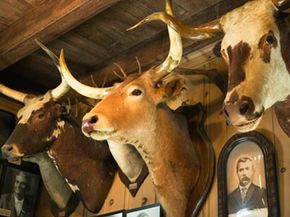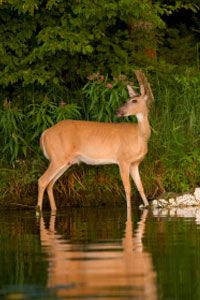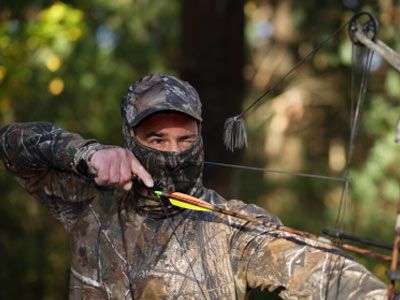That big moose head hanging on the wall at your local hangout is what hunters call a trophy: a souvenir of a kill. Quite literally, trophy animals are prized as trophies. They are used for decoration, bragging rights or income. Taxidermists create cleaned, dressed and mounted trophies for museums, restaurants, hotels and private homes.
Man has hunted since prehistoric times, and the hunting experience brings up some of the most primitive human feelings, such as the thrill of a dangerous chase. Less obvious is the desire to show off one's successes -- an impulse not far removed from beasts strutting in courtship. For some hunters, bagging a trophy large enough for the record books is their central motivation. For others, simply immobilizing the animal and taking a photo will do.
Advertisement
Sportsmen have developed rules and conventions to regulate hunting activity throughout U.S. history. As wildlife populations gradually dropped in the 1800s, hunters began to narrow their range. They began passing over females and targeting the largest, most mature male specimens [source: Lee]. In recent years, many in the hunting community have argued that this selective process makes trophy hunting a useful component of sustainable wildlife conservation programs. Other advocates for nature claim the opposite and have sought to restrict or ban trophy hunting.
Trophy hunting of big game or exotic animals can stir up great emotion within communities. In recent years, polar bears have taken center stage in the debate. The U.S. Fish and Wildlife Service added polar bears to the threatened species list in 2008. This listing ensures that polar bears, who are suffering from environmental and climate issues, cannot be brought into the U.S. as big game trophies. A ban on hunting polar bears has been in place since 1972 (with the exception of subsistence hunting by Alaska natives, but it has previously been legal to import kills from Canada [source: U.S. Fish & Wildlife Service].
Polar bears are just one example of the heated controversy surrounding trophy hunting. In this article, we'll explore both sides of the exotic and big game trophy hunting argument. But first, let's take a look at the trophies themselves and how they're acquired.
Advertisement



